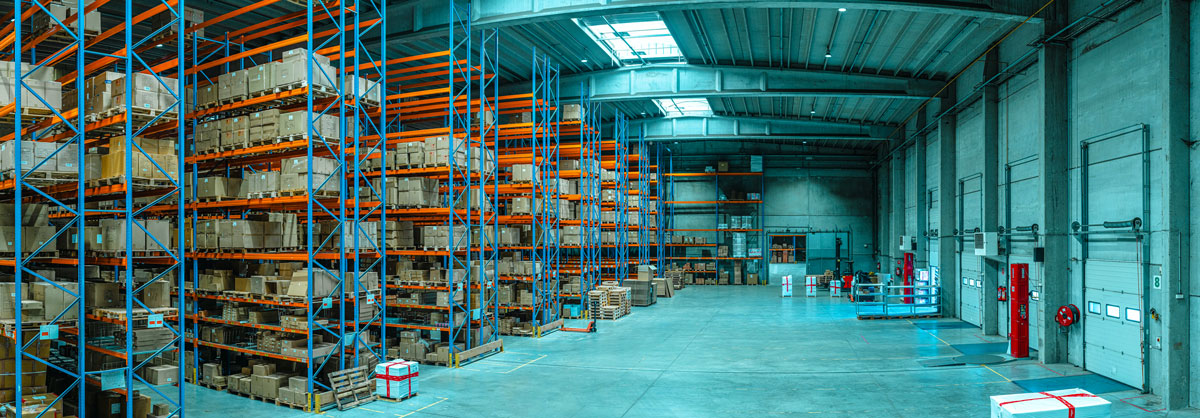If you’re new to LTE-M, we wanted to highlight its huge potential and answer some of your key questions. So buckle up for a deep dive into this low power, deep coverage network for IoT devices.
LTE-M is a rapidly growing technology with a promising future in the IoT landscape. Thanks to the unique combination of mobility, extended coverage, and power efficiency, it’s a compelling choice for a wide range of IoT applications.
As the IoT ecosystem continues to expand and connectivity demands soar, LTE-M will play a vital role in connecting billions of IoT devices worldwide.
Curious to learn more?
Here’s everything you need to know about LTE-M.
General questions
LTE-M stands for long-term evolution machine. It is a low-power, wide-area network that enables IoT devices to connect directly to a 4G network. It connects applications that need extended battery life and deep coverage, even in hard-to-reach locations and across multiple devices.
Unlike LTE, LTE-M is specifically designed for IoT devices that don’t require high bandwidth. The network helps extend the battery life of these devices and enables them to penetrate deeper into buildings – even working underground.
LTE-M is more suitable for devices needing a higher data rate than NB-IoT and LoRaWAN can offer, and gives better coverage in urban areas. LoRaWAN operates on an unlicensed spectrum and is a wireless network, unlike LTE-M and NB-IoT, which are cellular networks.
The choice between these three low-power, wide-range networks comes down to specific project requirements, like energy constraints, data demands, and the existing infrastructure available.
This depends on the service provider. In general, LTE-M devices can roam internationally in the same way LTE devices can.
Technical questions
LTE-M is ideal for applications that don’t need large amounts of data or power to maintain. Examples include wearables, asset trackers, smart meters, and agricultural sensors.
As a low-power network, the battery life of IoT devices can last significantly longer, reaching up to 10 years. This depends on the application itself, as well as data transmission frequency and battery capacity.
Signals can penetrate through walls into basements, while the extended reach of LTE-M helps it connect devices in rural and remote areas.
LTE-M supports data rates of up to 1 Mbps, and both full-duplex and half-duplex mode. It uses QPSK modulation for uplink communication, and supports a range of modulations for downlink communication, like QPSK, 16QAM, and 64QAM.
Implementing LTE-M
First, ensure the IoT devices are compatible, then assess coverage availability, and update firmware and software as needed for LTE-M functionality.
LTE-M incorporates authentication, encryption, and secure network protocols to ensure the security of IoT device communication. The licence also offers enhanced data security, making it a great choice for monitoring devices handling sensitive information.
As with all connectivity solutions, overall security also relies on proper implementation, best practices, and regular updates to address emerging threats.

Business and operational issues
The cost of deployment for LTE-M is often lower than other connectivity options. This is because of the relatively simple device design and minimal power consumption. In addition, LTE-M is generally cost-effective for wide-ranging IoT applications which do not require high bandwidth, as you are not paying for large amounts of data.
LTE-M is scalable, and can support millions of devices if needed.
LTE-M represents a significant and lucrative connectivity offering that resellers can add to their portfolio. Its flexibility means that resellers are able to develop tailor-made solutions for their clients, keeping their costs down in the process. For MSPs, LTE-M diversifies their offering and enables them to tap into the lucrative IoT market, unlocking new revenue streams.
Post-deployment questions
While maintenance of LTE-M devices is minimal, regular software updates may need to be installed. Battery replacement may also be necessary, but less frequently than other networks.
You can easily manage your fleet remotely through our dedicated portal, which provides monitoring, updates, and troubleshooting.
Unfortunately, as there’s only one network providing LTE-M in the UK if your network goes down your solution will lose connectivity. That’s why it’s important to use a provider with the correct O2 licence.
We all know no technology is entirely future-proof! But we expect LTE-M to be supported for the foreseeable future, including throughout the transition to 5G.

Everything you need to know about LTE-M in the UK

Not selling LTE-M connectivity? You should be

The 3G sunset: Navigating challenges & finding opportunities

PSTN switch-off FAQs: Everything you need to know in one place

Top 10 IoT blog posts of 2022

What the 2G and 3G network sunset means for you and your customers

Everything you need to know about IP addresses and their types

What is LPWAN and what do you need it for?

Everything you need to know about public and private APNs

Five things to consider when choosing an IoT connectivity provider

Your complete guide to the PSTN switch-off: Why you need to act now








Comments are closed.